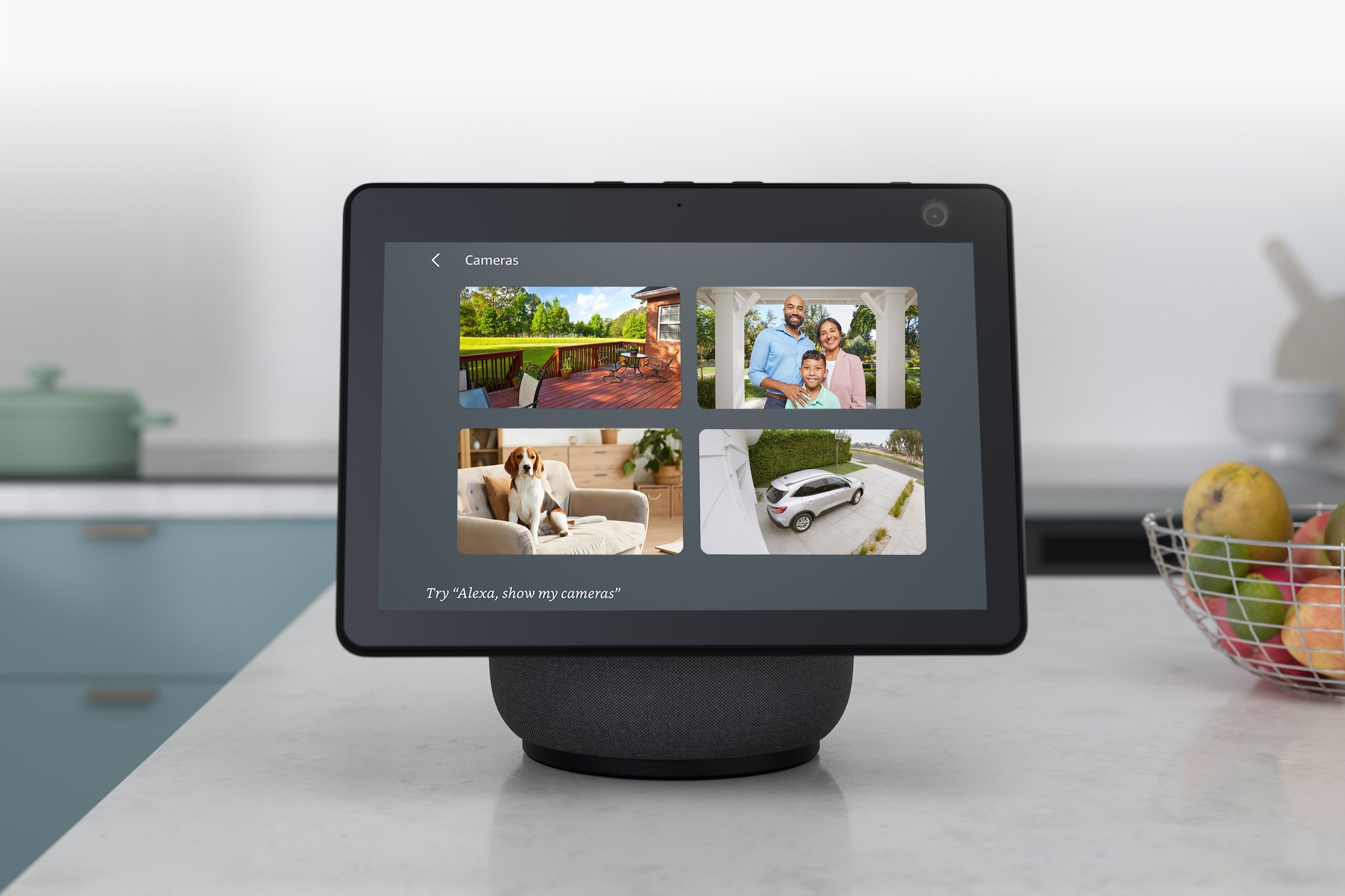





Just Smart cAMERA and you’re home
Use the Smart Home Monitor app to check in on what’s happening at home from anywhere at any time. The app connects your home to your phone in HD video so you can see and protect what matters most. With multi-system support, you can use Smart to watch your home, vacation home, or business all at the same time. Plus, you can control multiple camera systems within one single app!
How To Install Security Cameras in Your Home ?
Installing security cameras in your home can be a great way to enhance
safety and provide peace of mind. Here’s a general guide on
how to install security cameras:


10% off Smart devices
Installing Wireless Security Cameras
- Either mount the camera or merely place it on a flat surface. Use drills to mount the camera (most cameras come with the appropriate mounts).
- Connect the camera to Wi-Fi.
- Sync it with any other connected devices that it works with, such as smart sensors or video doorbells.
These days, most DIY installation processes have step-by-step directions in their respective mobile apps, which we recommend following exactly.
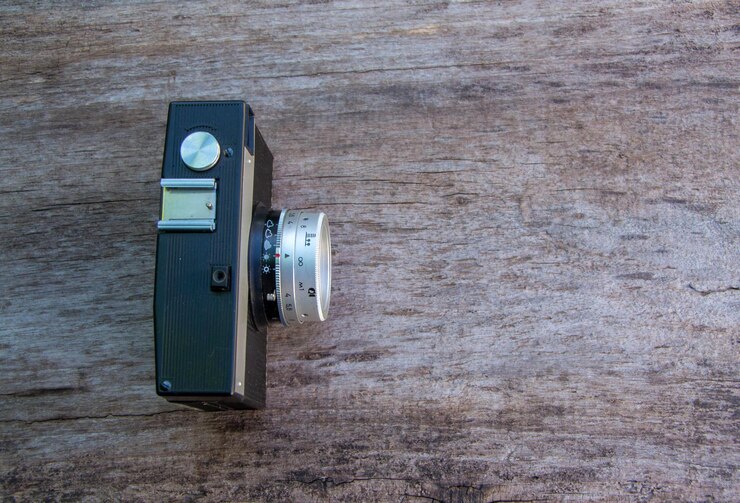

Extended warranty coverage (US and Canada)
Installing Wired Security Cameras
While placement options are limited with wired security cameras, the connections are more secure. Installing wired cameras, however, can be a bit more complicated.
- Hardwire it into your home. Drill holes, run cables to each camera, and then mount each camera.
- Whenever you attach a camera to a wall or a ceiling, make sure that your spot is stable, which may require finding a stud or using drywall screws.
- Always check for any existing wiring before drilling to avoid causing any electrical issues.
- Mark and drill holes for cables.
- Run the wiring.
- Mount the camera.
- Alternatively, you may be able to plug the camera in and mount it.
- Some cameras come with DVRs that you can connect via Ethernet cable or power adapter.
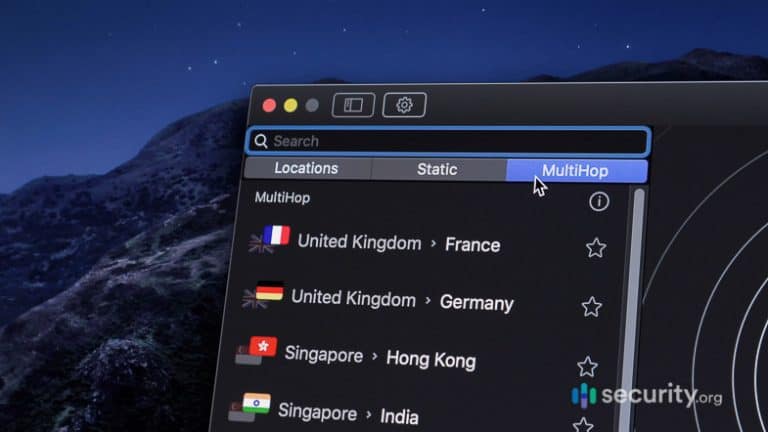

Person Detection
Placing Outdoor Security Cameras
- Cover most, if not all, of your home’s entry and exit points with outdoor cameras. At the very least, your front and back doors should be covered.
- Install outdoor cameras in off-street windows, as burglars are more likely to enter through side or back windows than through the front of the house.
- Install cameras in your driveway, yard, and backyard.
- To protect your neighbors’ privacy, avoid recording any property other than your own. While it’s important to watch out for your neighbors, recording their day-to-day comings and goings without their knowledge puts the “nosy” in nosy neighbors. This is also illegal and violates their individual Fourth Amendment rights.
- Placing your outdoor camera is often a bit more complicated than installing an indoor camera, particularly if it plugs into a wall outlet. You may need to use an outdoor plug or snake it into your home somehow. Hardwiring the camera into your home might also be a solution.
- Typically, wireless cameras are easy to install, whether they’re wireless indoor or wireless outdoor cameras. Of course, if you use batteries, try to keep track of the battery’s typical lifetime and when it needs to be replaced. Nevertheless, at least your camera will stay on during power outages with a battery-powered camera.
Whatever the situation is, outdoor cameras require that you consider placement options before choosing the camera.
Many people wonder if security cameras deter crime or if they’re an unnecessary purchase. A University of North Carolina research study1 interviewed over 400 convicted burglars, asking them what would deter them from targeting homes. One of the most frequent and agreed-upon responses was that if the burglars saw cameras on the property, they would change their minds about robbing the place. This is why some experts recommend having one visible camera and also installing some hidden devices.
Here are a few other tips we implement when placing outdoor cameras:
- Avoid direct light. While we want indirect light for our outdoor cameras, remember that direct/bright light causes glare and color distortion on the footage. To prevent this, survey the areas where you want to place your cameras for light they receive at various times throughout the day before mounting them. Note any direct light sources, including the sun, lampposts, or anything else that could cause a glare in your footage. If you notice a problem, move your planned location for the camera just enough to avoid direct light.
- Account for blind spots. Just like blind spots when you drive, blind spots in your security system lead to you missing important information. In a perfect world, we’d all have security cameras with very wide-angle fields of view and the potential to see far in the distance. Before placing outdoor cameras, consider the field of view for each camera, and do the math to ensure all of the areas around your home are covered, with no obstruction to the lines of sight.
- Remember detached buildings. Too often, we forget about recording footage of separate or adjoining buildings to our homes, such as garages, greenhouses, or sheds. It’s important to place cameras in and around these structures.
Smart and you’re home
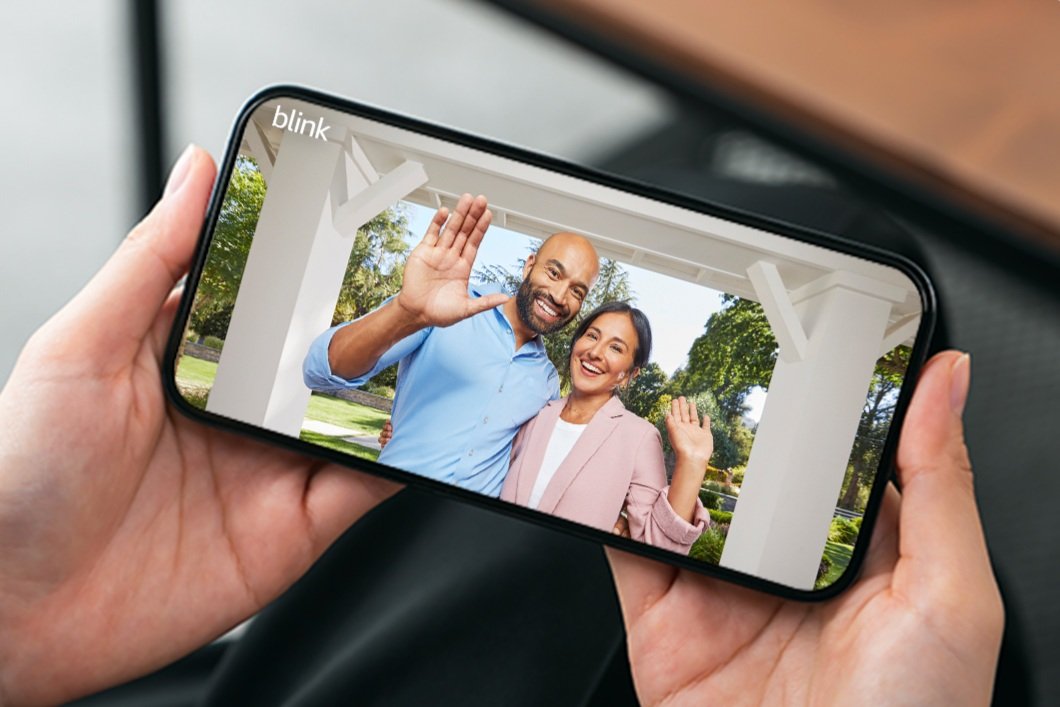
See, hear, and speak from anywhere
The Smart Home Monitor app connects your home to your phone for the ultimate peace of mind. With multi-system support, you can use Smart to help watch over your home, vacation home, or business all at the same time. Plus, control multiple Smart systems in one app.
Do more with Alexa
Go hands free with select Alexa-enabled devices! Be alerted when motion is detected, stream live video, speak to visitors with two-way talk, create helpful routines, and so much more. Features may vary upon setup and device type.
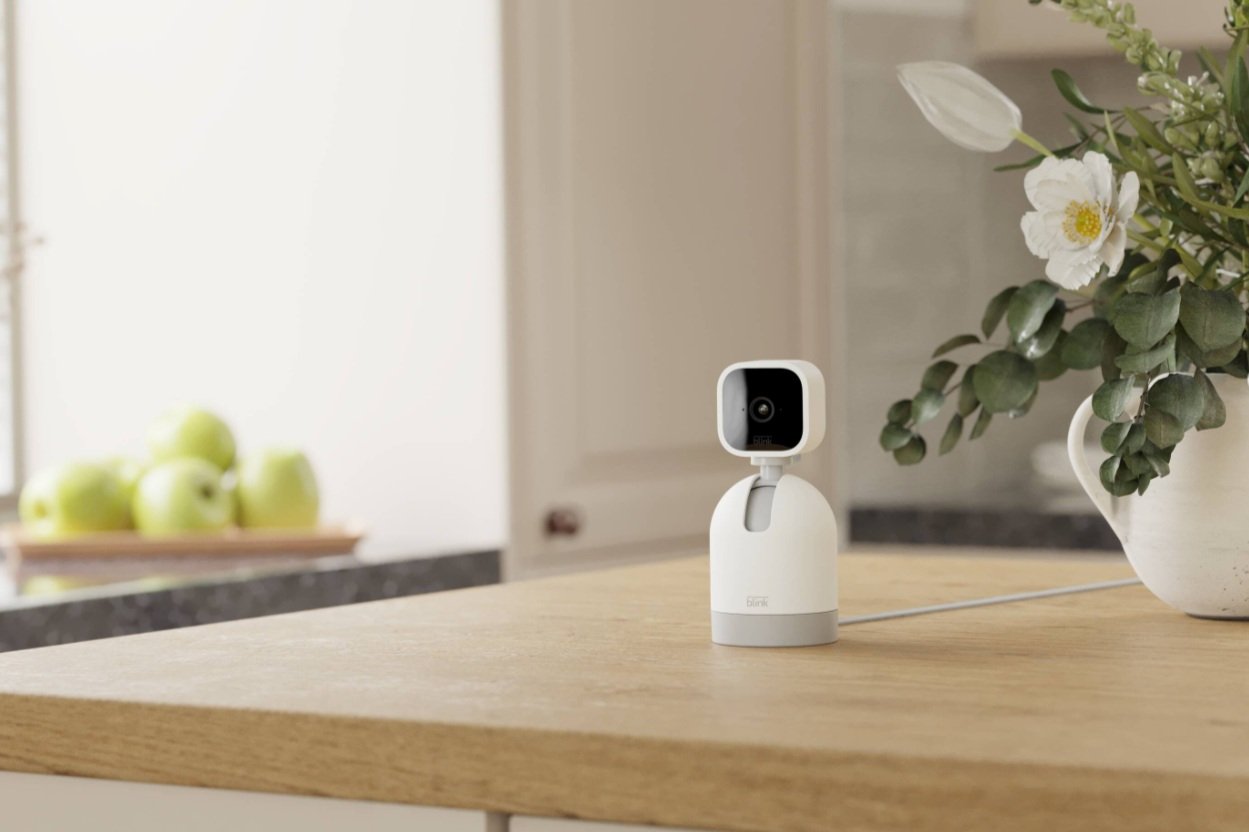
Smart Mini Pan-Tilt
See what’s happening inside any room from corner to corner with 360° coverage from your smartphone, tablet, or compatible Alexa device. Pan left and right and tilt up and down from the Smart app to see more of your home with HD day and infrared night view.
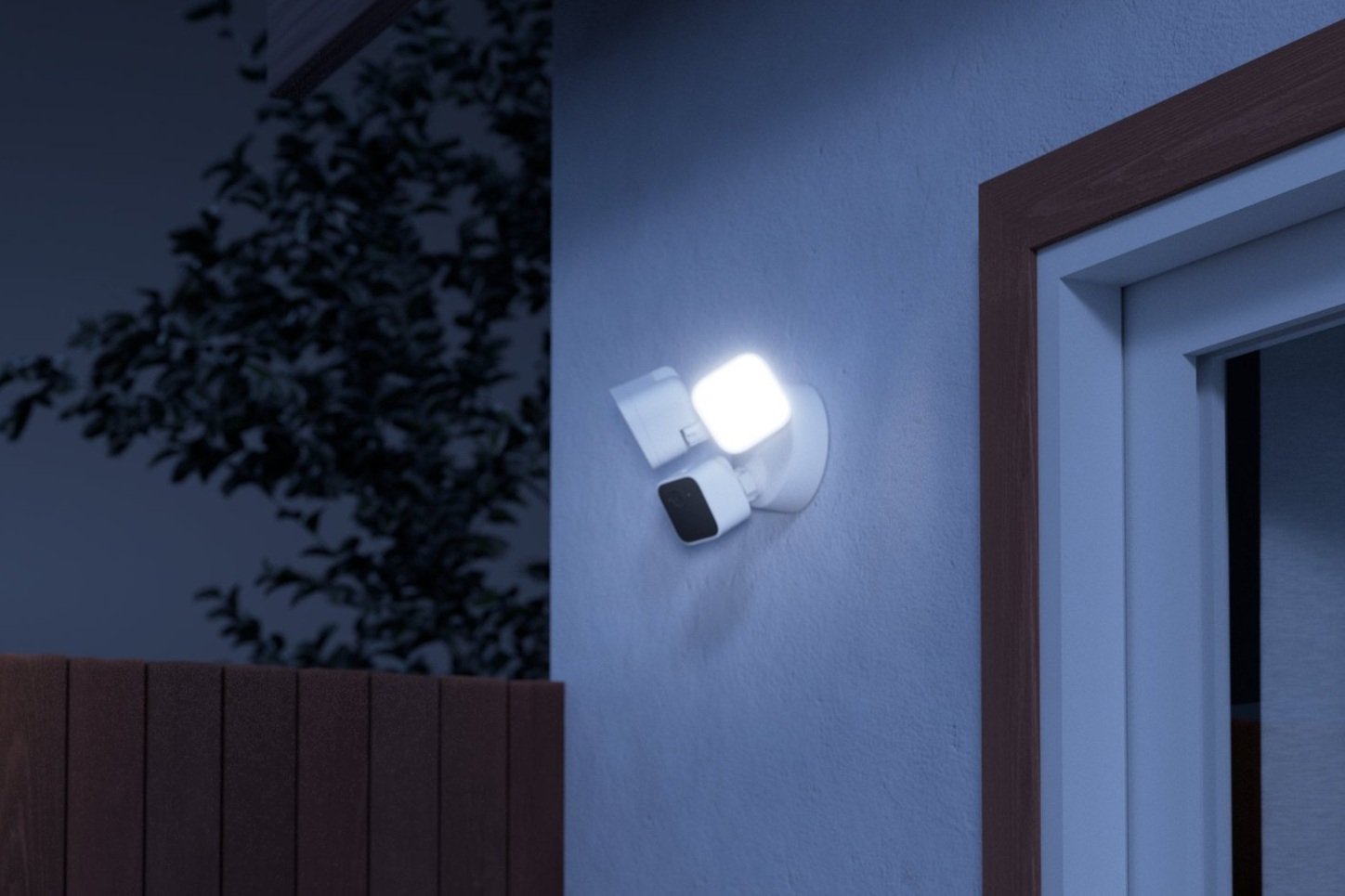
Smart Wired Floodlight Camera
Shine a light on what matters most with 2600 lumens of adjustable LED light and HD night view in color. Get real-time motion alerts and use the Smart app to sound the camera’s security siren. Install with existing outdoor wiring (4” round electrical box required).
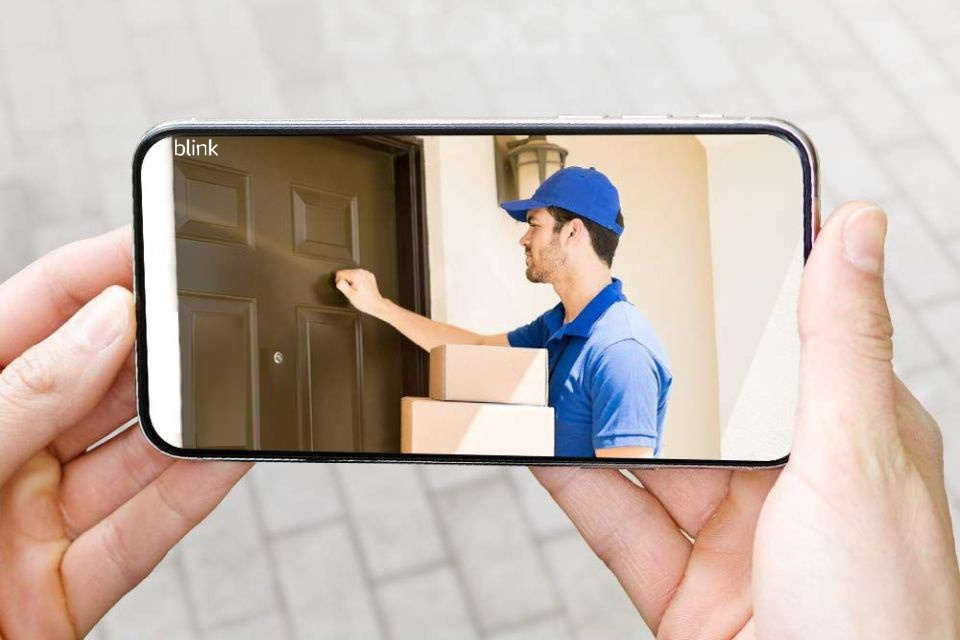
New! Smart Mini 2
Our tiny but mighty plug-in smart security camera works inside or outside with the Smart Weather Resistant Power Adapter. It includes new features like HD night view in color with a built-in spotlight and a wider field of view. Stay connected with two-way audio and HD video. Plug in Mini 2 just about anywhere for the ultimate peace of mind.
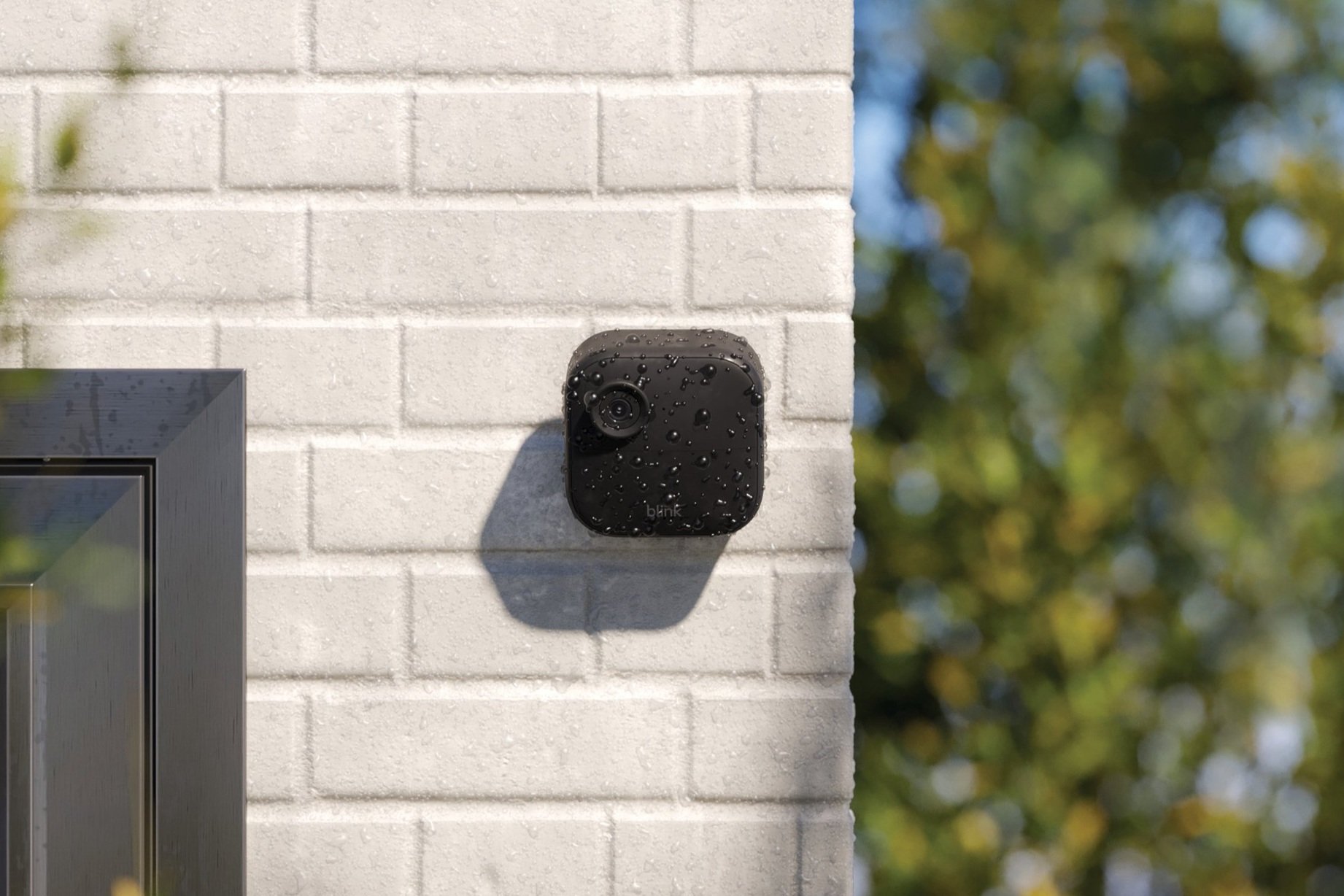
Smart Outdoor 4
Our weather-resistant security camera goes where wires can’t to help you protect your home day or night, rain or shine. With up to two years of battery life*, day and night HD video, motion detection, two-way audio, and more, Outdoor 4 helps you be there from anywhere. Experience person detection with a Smart Subscription Plan (sold separately).
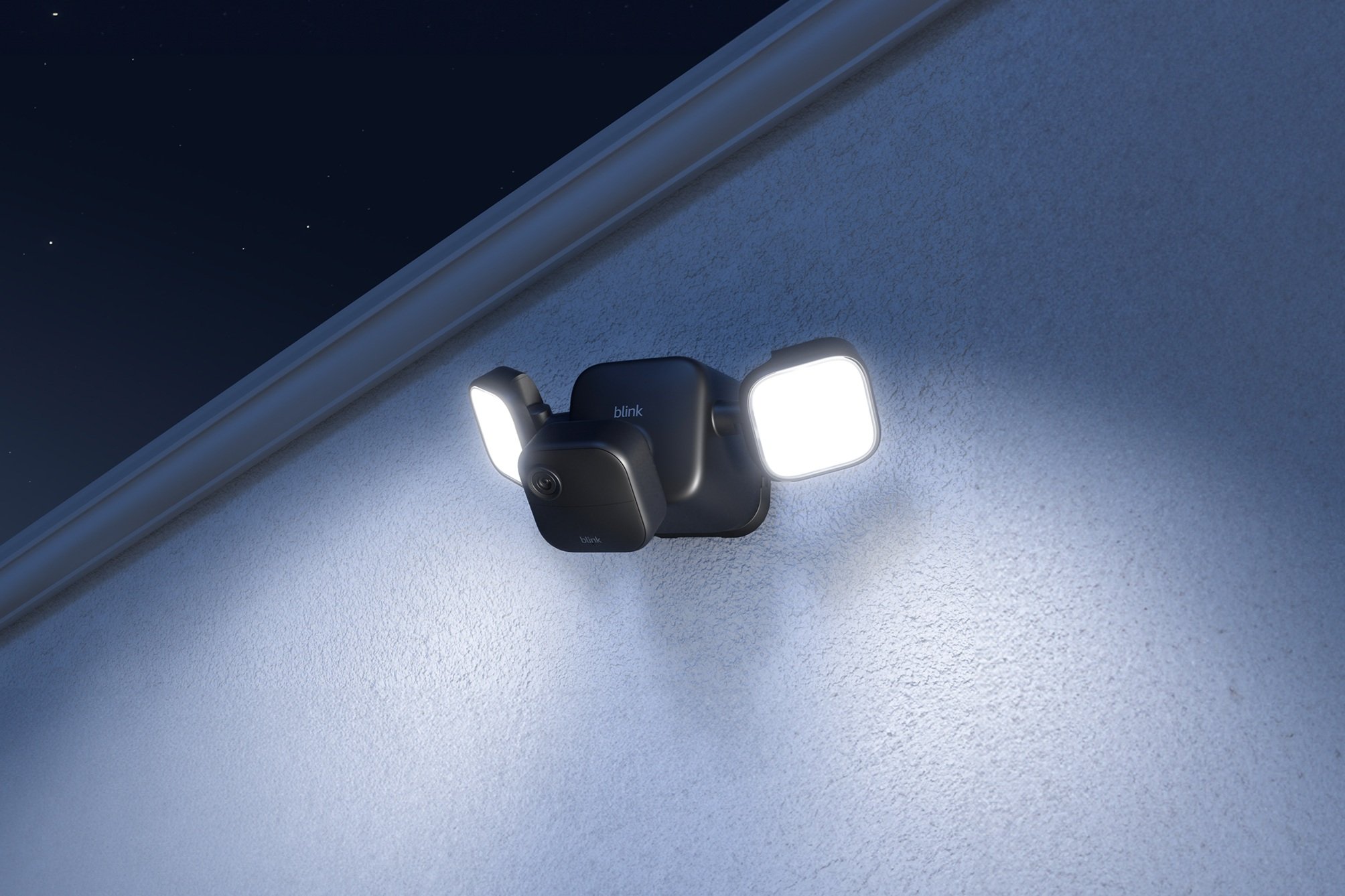
New! Smart Outdoor 4 Floodlight Camera
Light your way home with 700 lumens of motion-triggered LED lights, crisp HD live view, infrared night vision and enhanced motion detection. Receive person detection alerts with a Smart Subscription Plan (sold separately). Smart Outdoor 4 Floodlight Camera is wire-free and is also available as an accessory mount for your existing Outdoor 4 camera.

Smart Video Doorbell
Answer your door no matter where you are from the Smart Home Monitor app on your smartphone. Install wire-free with powerful battery life and chime app alerts or connect to your existing doorbell wiring to also sound your in-home chime.
Placing Cameras With Hubs
- For cameras that require a hub, place the camera within an appropriate distance from the hub so that it smoothly connects over Wi-Fi or another form of connectivity. For example, the Smart XT2 must be within 100 feet of the Sync Modules to connect through the Smart Home app.
- If the camera doesn’t come with a hub, make sure that it’s close enough to the router or range extender to get a decent internet connection and speed.
- If all else fails, buy a range extender to extend the Wi-Fi.
Placing Indoor Security Cameras
- It’s preferable to put indoor security cameras on the first floor of your home.
- If you have more than one story, try to put cameras in common spaces like the main hallway or living room. In such circumstances, you are more likely to capture criminals’ faces, making it easier to bring them to justice.
- Place a camera right outside the master bedroom, as this is where valuables are most often kept.
- Mount the camera out of reach, so an intruder (or even a mischievous tween) can’t easily break or disarm it. This is especially important with cameras that keep their footage on a memory card inside the camera. Basically, any place that burglars can access via doors or windows should be covered.
- For the widest possible field of view, place cameras in corners.
- Also, put cameras on stairs to track burglars within your house.
However, we don’t recommend putting security cameras in bedrooms or bathrooms, as this can greatly compromise privacy and is illegal in some states. Keep in mind that most indoor cameras don’t work through glass, as it blocks heat-based motion detection. If you want to monitor the outside of your home, the solution is simple: There are many weather-resistant outdoor cameras available, which brings us to our next point.
Placing Outdoor Security Cameras
- Install outdoor cameras at the majority, if not all, of your home’s access and exit points. Your front and back doors should be covered, at the very least.
- Since side or rear windows are more frequently used by criminals than the front of the property, install outside cameras in your off-street windows.
- Put cameras in your backyard, front yard, and driveway.
- Refrain from filming anything other than your own property to preserve the privacy of your neighbors. Although keeping an eye on your neighbors is vital, spying on their daily activities without their consent puts the “nosy” in nosy neighbors. In addition to being unlawful, this also infringes on their own Fourth Amendment rights.
- Installing an outside camera might often be a little trickier than an inside one, especially if the outdoor camera is wall-plugged. It could be necessary to snake it inside your house or utilize an outdoor plug. An other option could be to hardwire the camera into your house.
- Whether they are wireless interior or outdoor cameras, wireless cameras are usually simple to install. Naturally, if you use batteries, make an effort to
- remember how long they usually last and when to replace them. Nevertheless, if your camera is battery-operated, at least it will continue to function during blackouts.
When selecting an outside camera, it is necessary to take positioning alternatives into account, regardless of the circumstances.
YOUR SECURITY & SAFETY IS OUR PRIORITY
A Dream Team of Security Experts, Advisors, and Researchers… In Your Corner.
 We Take Security Seriously
We Take Security SeriouslyThat’s why we recruited top experts in home security, identity theft, senior care, and other fields. Welcome to the #1 voice in home security and personal safety.
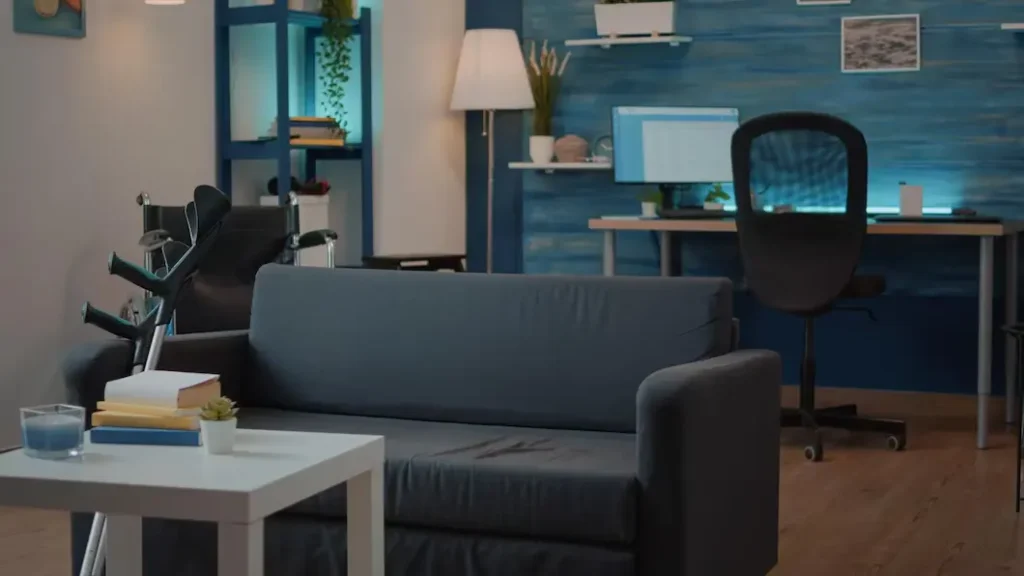
Plan Your Camera Placement: Determine the areas of your home you want to monitor and identify the best locations for your cameras. Consider entry points, blind spots, and areas of high traffic.
Choose the Right Cameras: Select the type of cameras that best suit your needs. Options include wired or wireless, indoor or outdoor, and features like night vision, motion detection, and remote access.
Gather Necessary Equipment: Depending on your camera system, you may need cameras, a digital video recorder (DVR) or network video recorder (NVR), cables (if using wired cameras), power adapters, mounting hardware, and a monitor or smartphone for viewing.
Install the Cameras:
- For wired cameras: Mount the cameras securely using the provided hardware. Run cables from each camera to the DVR/NVR location, ensuring they are hidden or protected from damage.
- For wireless cameras: Follow the manufacturer’s instructions to connect the cameras to your Wi-Fi network. Mount them securely in the desired locations.
- Ensure cameras are positioned at the proper angle for optimal coverage.
Connect Cameras to DVR/NVR: If using a wired system, connect the cameras to the DVR/NVR using the appropriate cables. For wireless systems, follow the manufacturer’s instructions to pair the cameras with the recorder.
6. Set Up Recording: Configure your DVR/NVR to record footage based on your preferences. This may include continuous recording, scheduled recording, or motion-triggered recording.
7. Adjust Settings: Configure camera settings such as resolution, motion sensitivity, and alerts according to your preferences.
8. Test the System: Once everything is set up, test the cameras to ensure they are functioning properly. Verify that you can view live footage and access recorded footage from your DVR/NVR or smartphone.
9. Secure Access: If accessing your cameras remotely, ensure your network and camera system are secure. Use strong passwords, enable encryption, and regularly update firmware to protect against cyber threats.
10. Regular Maintenance: Periodically check your cameras for proper functioning, clean lenses as needed, and ensure cables are secure. Update firmware and software to keep your system secure and up to date.
11. Legal Considerations: Familiarize yourself with any legal regulations regarding surveillance cameras in your area, including privacy laws and restrictions on recording audio.
If you’re unsure about any aspect of the installation process, consider consulting a professional installer for assistance.
Placing Your Home Security Cameras
Placing your home security cameras strategically is crucial for
maximizing their effectiveness. Here are some tips
for optimal camera placement:
 1. Cover Entry Points: Place cameras near all entry points to your home, including doors, windows, and garage doors. This helps deter burglars and provides footage of anyone attempting to enter your home.
1. Cover Entry Points: Place cameras near all entry points to your home, including doors, windows, and garage doors. This helps deter burglars and provides footage of anyone attempting to enter your home.
 2. Cover Vulnerable Areas: Identify vulnerable areas around your property such as blind spots, dark corners, or secluded areas. Install cameras in these locations to minimize hiding spots for potential intruders.
2. Cover Vulnerable Areas: Identify vulnerable areas around your property such as blind spots, dark corners, or secluded areas. Install cameras in these locations to minimize hiding spots for potential intruders.
 3. Consider Height and Angle: Mount cameras at a height that provides a clear view of the area you want to monitor while minimizing the risk of tampering. Aim the cameras downward slightly to capture faces and activities.
3. Consider Height and Angle: Mount cameras at a height that provides a clear view of the area you want to monitor while minimizing the risk of tampering. Aim the cameras downward slightly to capture faces and activities.
 4. Cover Perimeter: Install cameras around the perimeter of your property to monitor movement along fences, driveways, and pathways. This provides early detection of suspicious activity before it reaches your home.
4. Cover Perimeter: Install cameras around the perimeter of your property to monitor movement along fences, driveways, and pathways. This provides early detection of suspicious activity before it reaches your home.
 5. Cover Outdoor Spaces: If you have outdoor living spaces like patios, decks, or gardens, consider placing cameras to monitor these areas. Outdoor cameras should be weatherproof and have night vision capabilities.
5. Cover Outdoor Spaces: If you have outdoor living spaces like patios, decks, or gardens, consider placing cameras to monitor these areas. Outdoor cameras should be weatherproof and have night vision capabilities.
 6. Consider Lighting Conditions: Ensure cameras are not facing directly into bright lights or reflective surfaces, as this can wash out the image. Adjust camera placement or use glare-resistant lenses to mitigate this issue.
6. Consider Lighting Conditions: Ensure cameras are not facing directly into bright lights or reflective surfaces, as this can wash out the image. Adjust camera placement or use glare-resistant lenses to mitigate this issue.
 7. Indoor Placement: Install cameras indoors to monitor high-value areas like the living room, kitchen, or home office. Consider placing cameras discreetly to avoid making occupants feel uncomfortable.
7. Indoor Placement: Install cameras indoors to monitor high-value areas like the living room, kitchen, or home office. Consider placing cameras discreetly to avoid making occupants feel uncomfortable.
 8. Avoid Privacy Violations: Be mindful of areas where privacy is expected, such as bedrooms and bathrooms. Avoid installing cameras in these locations to respect the privacy of your family members or guests.
8. Avoid Privacy Violations: Be mindful of areas where privacy is expected, such as bedrooms and bathrooms. Avoid installing cameras in these locations to respect the privacy of your family members or guests.
 9. Use Multiple Angles: Use multiple cameras to cover larger areas or to capture different angles of the same area. This provides comprehensive coverage and increases the chances of capturing important footage.
9. Use Multiple Angles: Use multiple cameras to cover larger areas or to capture different angles of the same area. This provides comprehensive coverage and increases the chances of capturing important footage.
 10. Test Camera Positions: Before permanently mounting cameras, test different positions to ensure optimal coverage and image quality. Adjust camera angles and locations as needed to achieve the desired results.
10. Test Camera Positions: Before permanently mounting cameras, test different positions to ensure optimal coverage and image quality. Adjust camera angles and locations as needed to achieve the desired results.
 11. Regularly Review and Adjust: Periodically review camera footage to identify blind spots or areas that may need additional coverage. Make adjustments to camera placement as necessary to maintain optimal security coverage.
11. Regularly Review and Adjust: Periodically review camera footage to identify blind spots or areas that may need additional coverage. Make adjustments to camera placement as necessary to maintain optimal security coverage.
Before everything else, the first step is always deciding where to put the security cameras. In fact, we do this before buying to determine things like how many cameras are needed and whether or not we need extra-long power cables. Our piece on where to place security cameras could help you with this step, but here’s a quick summary.
Smart Mini 2
The Smart Mini 2 is a compact and versatile indoor security camera designed to keep your home safe and secure. With its small size and sleek design, it seamlessly blends into any room while providing powerful surveillance capabilities.
Smart Outdoor 4 Floodlight Camera
a robust security solution featuring four powerful floodlights and advanced camera technology, delivering enhanced visibility and protection for your outdoor spaces.
Features of the Smart Subscription Plan
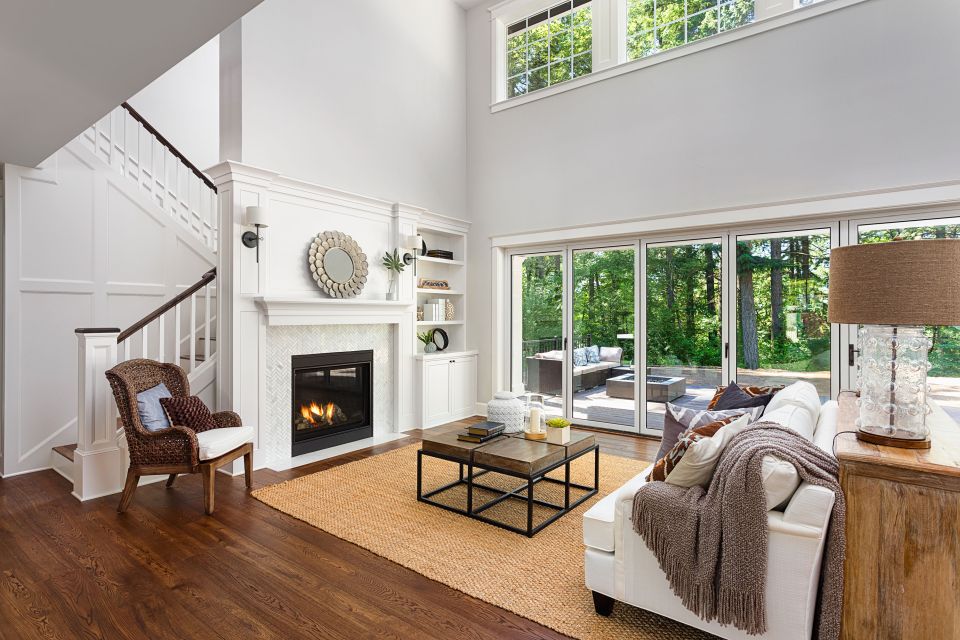
Extended Live View
This feature provides live views up to 90 minutes at a time, without user intervention, for the Smart Wired Floodlight (US only) and Mini cameras.
Smart Outdoor 4
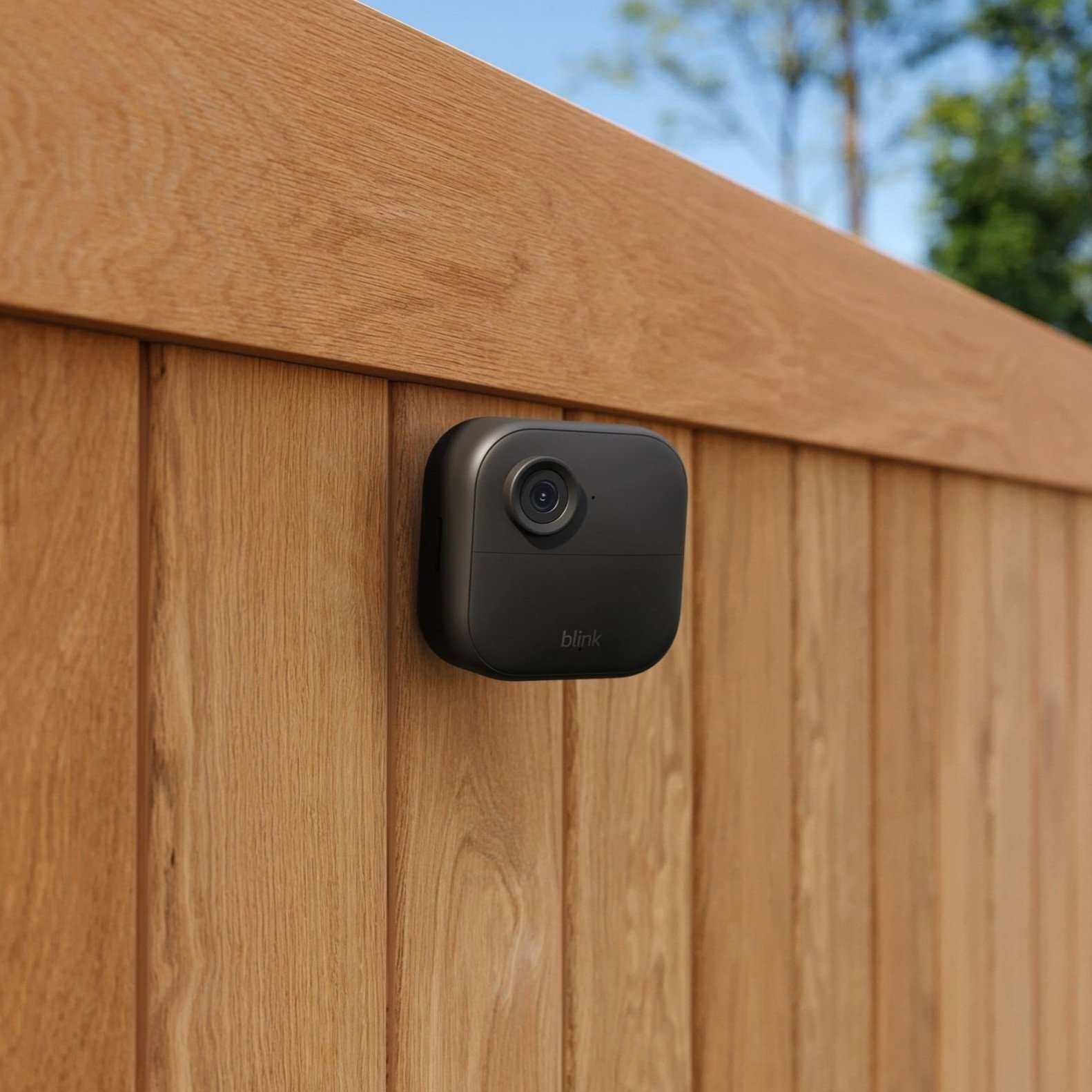 Outdoor 4 weathers the storm so you don’t have to and runs for up to two years on the two included AA batteries to help you protect your home inside and out.
Outdoor 4 weathers the storm so you don’t have to and runs for up to two years on the two included AA batteries to help you protect your home inside and out.
Smart Video Doorbell
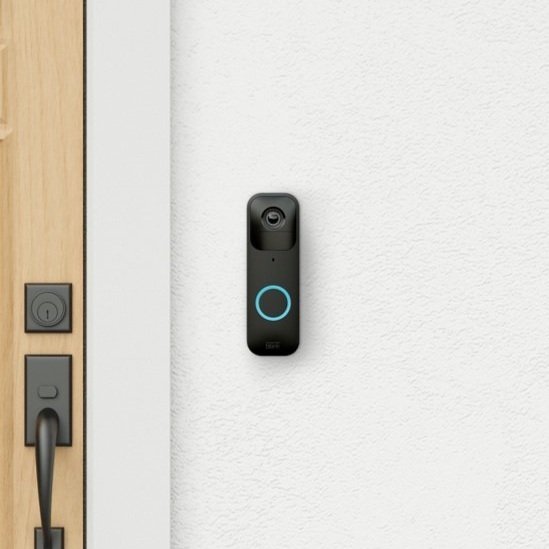 Video Doorbell helps you answer your door no matter where you are. Install wired or wire free and experience long-lasting battery life.
Video Doorbell helps you answer your door no matter where you are. Install wired or wire free and experience long-lasting battery life.

Unlimited video recordings
All motion detection and live view recordings are stored in the cloud. Clips stay viewable until they’re manually deleted or automatically when 60 days old (30 days in the EU/UK).
Smart Outdoor 4 Battery Extension Pack
With regular use, you can extend the battery life of Outdoor 4 (separately sold) by up to four years. Additionally, you may record more clips, use two-way audio more often, and do more without constantly changing batteries.
Smart Mini 2
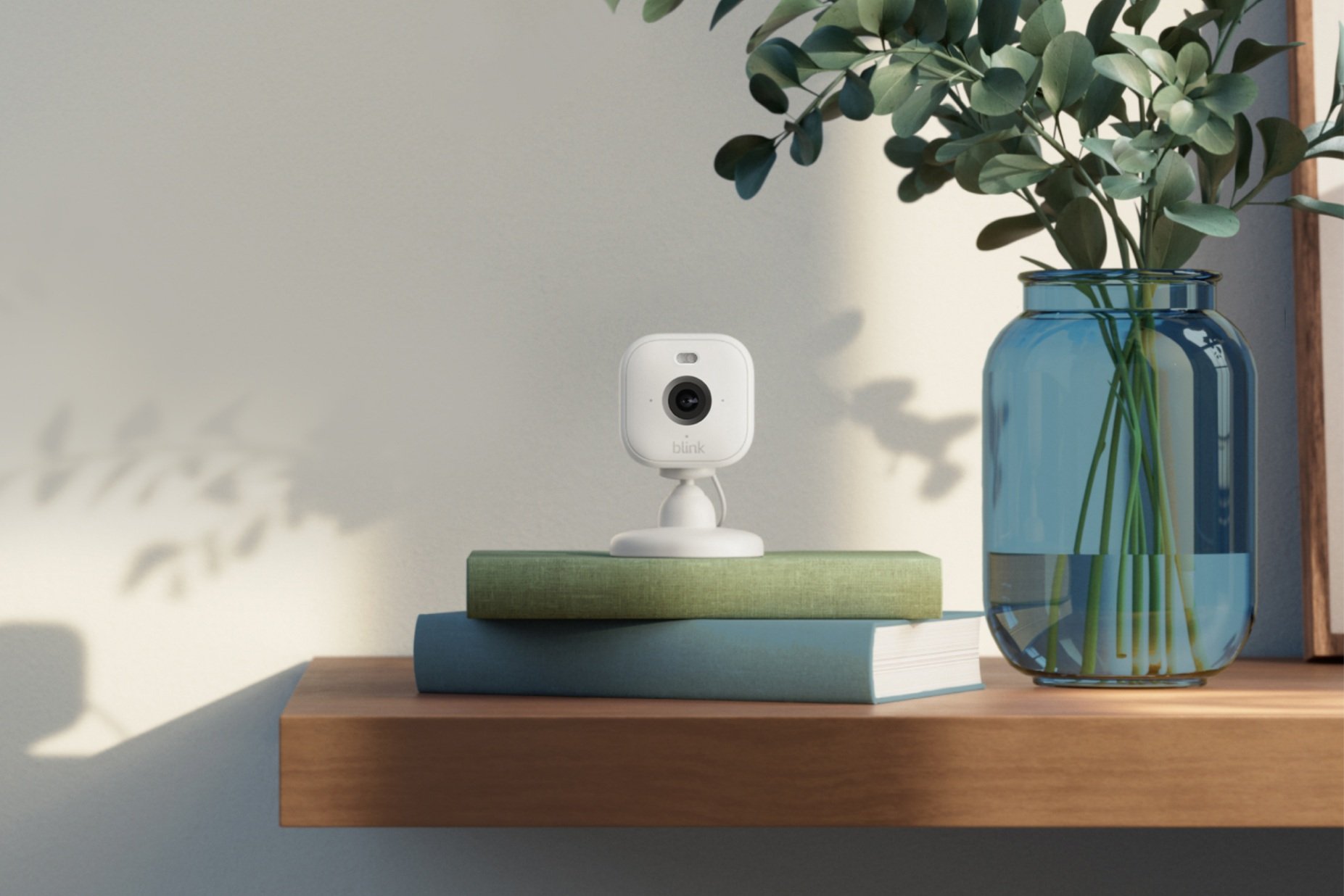 Mini 2 is our easy-to-use, tiny but mighty indoor/outdoor camera. Simply plug it in anywhere around your home for peace of mind, day and night.
Mini 2 is our easy-to-use, tiny but mighty indoor/outdoor camera. Simply plug it in anywhere around your home for peace of mind, day and night.
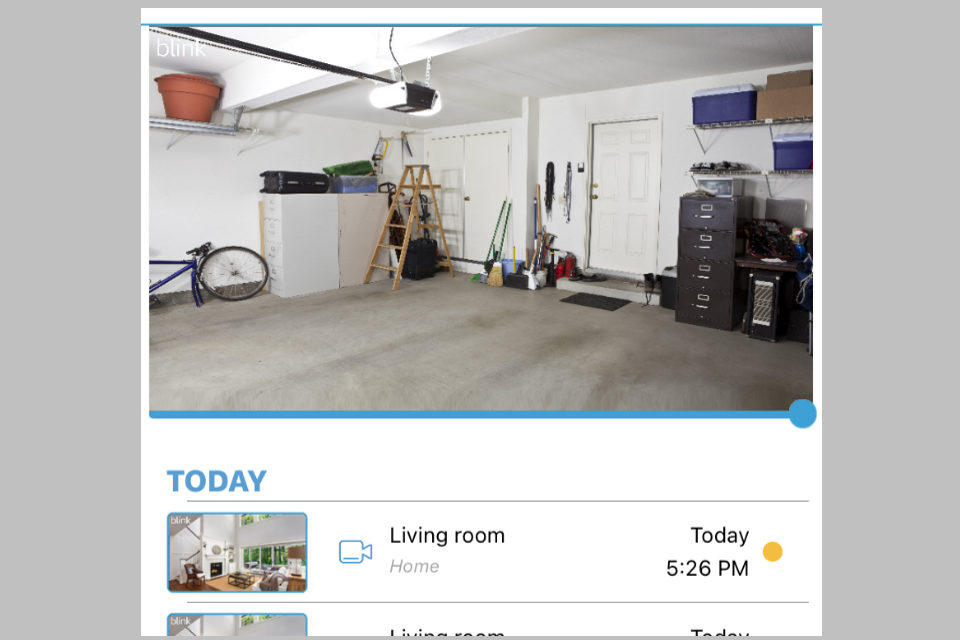
Rapid video access
Allows you to instantly watch your videos as soon as they’re recorded. Videos can be accessed with reduced-loading times from the cloud, compared to clips viewed from local storage.

Auto local storage backup
With a Sync Module 2 and USB drive inserted, copies of any new clips in cloud storage will be backed up to your USB drive every 24 hours.
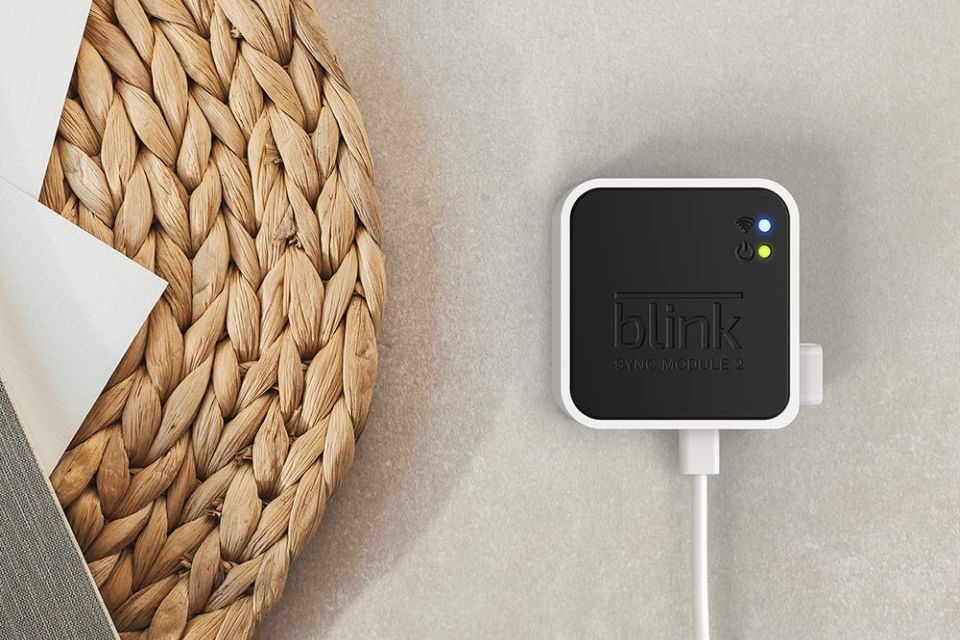
Photo Capture
Allows your camera to take a photo every hour while your system is armed, which display in your clip list.

Person Detection
Available for the Smart Wired Floodlight Camera (US only). This feature uses computer vision to detect people.

10% off Smart devices
Your discount on Smart hardware and accessories is automatically applied at time of checkout when you shop
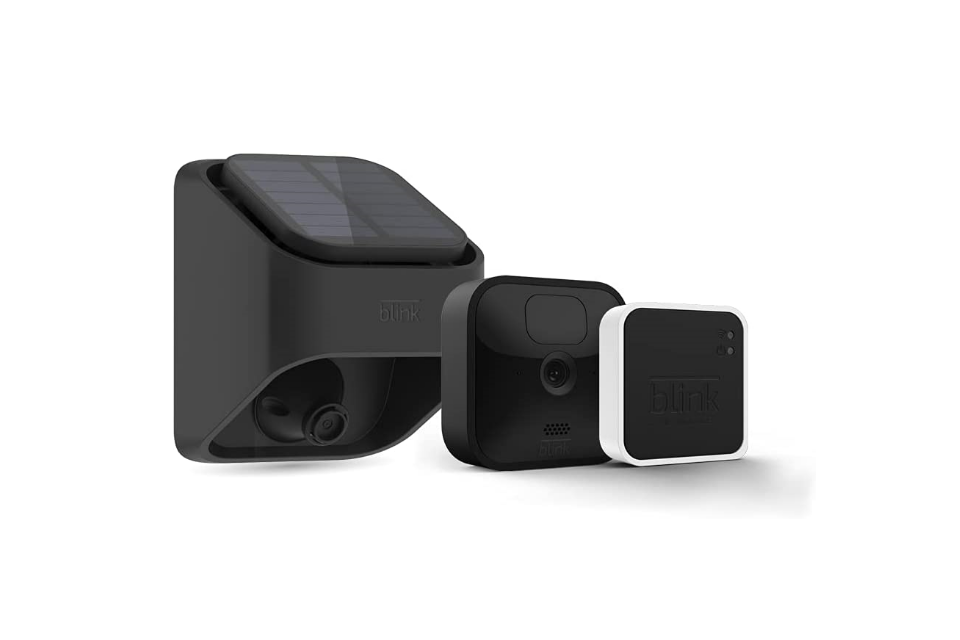
Extended warranty coverage (US and Canada)
When you subscribe to a Smart Plus Plan, the extended warranty coverage applies to all of your Smart devices when they’re within their original warranty period.


Mini 2
Smart plug-in indoor and outdoor smart security camera
Subscriptions
Find your Smart subscription plans, premium features and storage options info here

Outdoor 4 Camera
(4th Gen)

Video Doorbell
Answer your door wherever you are

Wired Floodlight Camera
Help protect your home day or night

Outdoor & Indoor Cameras
(3rd Gen)

Sync Module
Local Video Storage Options
Smart App
Using and troubleshooting the Smart app

Alexa
Monitor your Smart system, hands-free, with your Alexa-enabled devices

Accessories
Camera add-ons
Setting up your Smart devices
Getting started with your Smart devices
FAQ
Answers to common questions about Smart

Smart Devices (1st Gen)
XT2 - XT - Indoor (1st Gen)

Troubleshooting
Quickly fix issues with your Smart system
Security and App Updates
It is a critical aspect of maintaining digital systems and applications.
“We were minutes away from losing our memories, our home, and most concerning, our precious dog babies. Get yourself a camera… changed the course of my life.”
